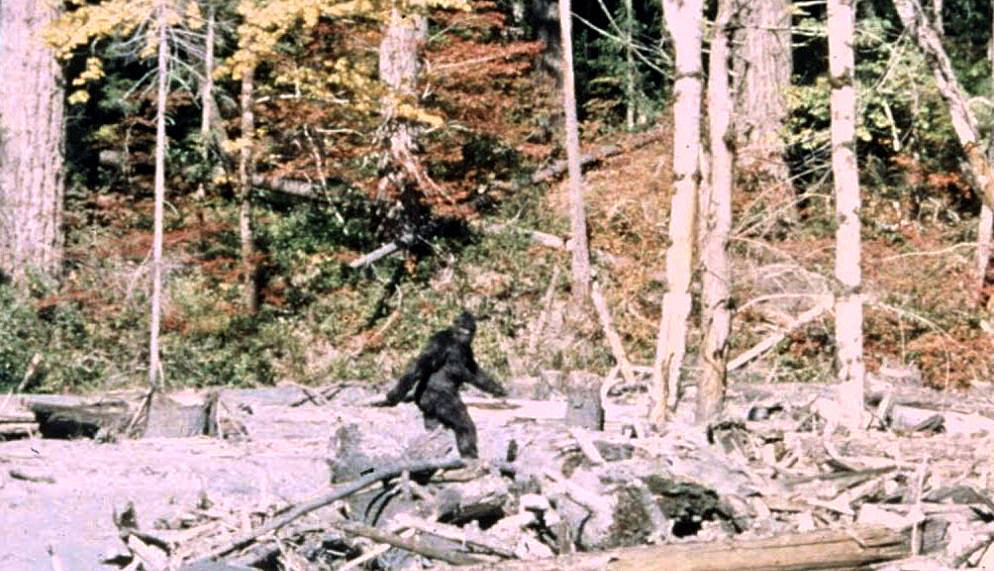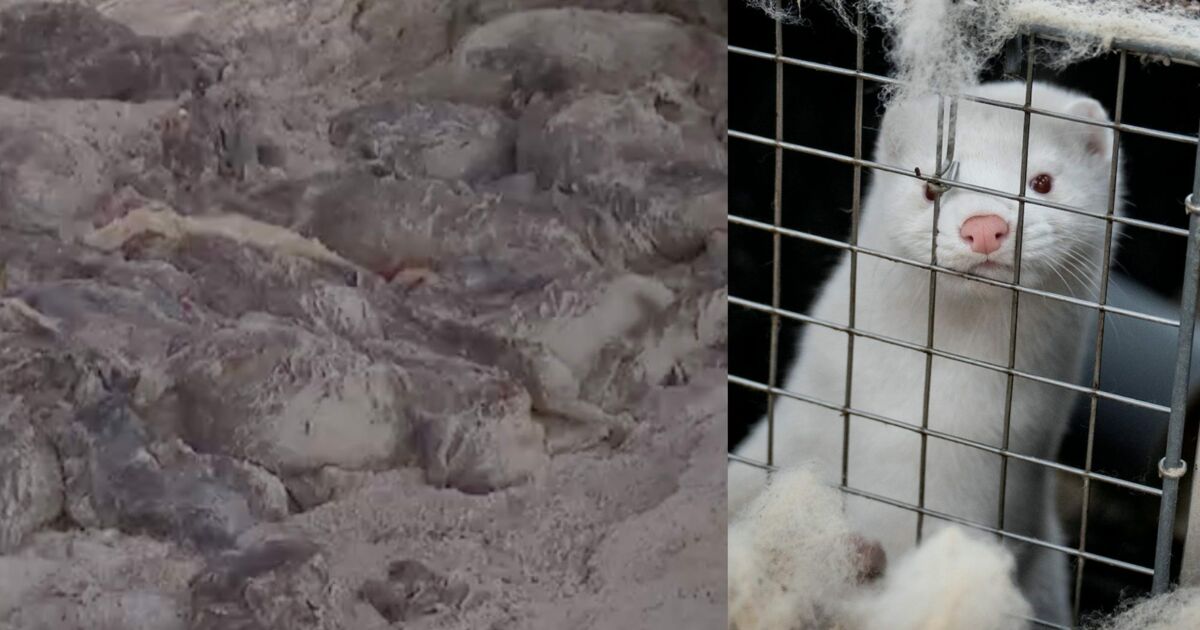A cull of 17 million mink — the country's entire population of the creature — began in November after the discovery of a new strain of COVID-19 at some farms.
The sheer size of the cull meant that rendering plants — which normally handle carcasses — were overwhelmed. Instead, many animals were incinerated, or drenched in disinfectant and lime, and buried three feet deep.
Thomas Kristensen, press officer for the Danish National Police, told the outlet: "In connection with the decay, some gases can be formed, which causes the whole thing to expand a little, and then in that way, in the worst case, they get pushed out of the ground."
The national police force, which is overseeing the burial operation, also told DR that it had seen similar instances before it came to light in Holstebro on Monday, but did not specify where.
Kristensen explained that the sandy soil of the West Jutland area is too light to hold them down, and added that the police are addressing the problem by adding more soil. Some future burials will be more than eight feet deep, DR reported him as saying.
...
Kristensen said that the risk of COVID-19 transmission to humans from the newly-arisen mink is low, though bacteria may remain on their fur.
"Mink, which have been infected with corona, are transmitted primarily through breathing, so in this way dead mink infects less than live mink," he told DR. "But there may still be bacteria in the fur on them."
"But having said that, it is never healthy to get close to dead animals," he added.
He also said he could not guarantee it would not happen again.
Imagine China doing this lol, we would never hear the end of this
It would be another decade of "wow them Chyneese eating dead zombie mink." Americans and sinophobia; name a more iconic duo
Wait so if they throw more dirt on but the pressure continues to grow at its rate, does that mean there will eventually be a mink guts geyser like that Well There's Your Problem episode when someone breaks the seal or will they just kinda ferment down there?
there will eventually be a mink guts geyser
News Update: millions of mink carcasses raining down from the heavens, blotting out the sun over Copenhagen.
The dead mink are rising from their graves. The end times are upon us.
Anyone taking odds that some enterprising fur corporation will go and gather the pelts and trigger zombie-mink super-rona?


